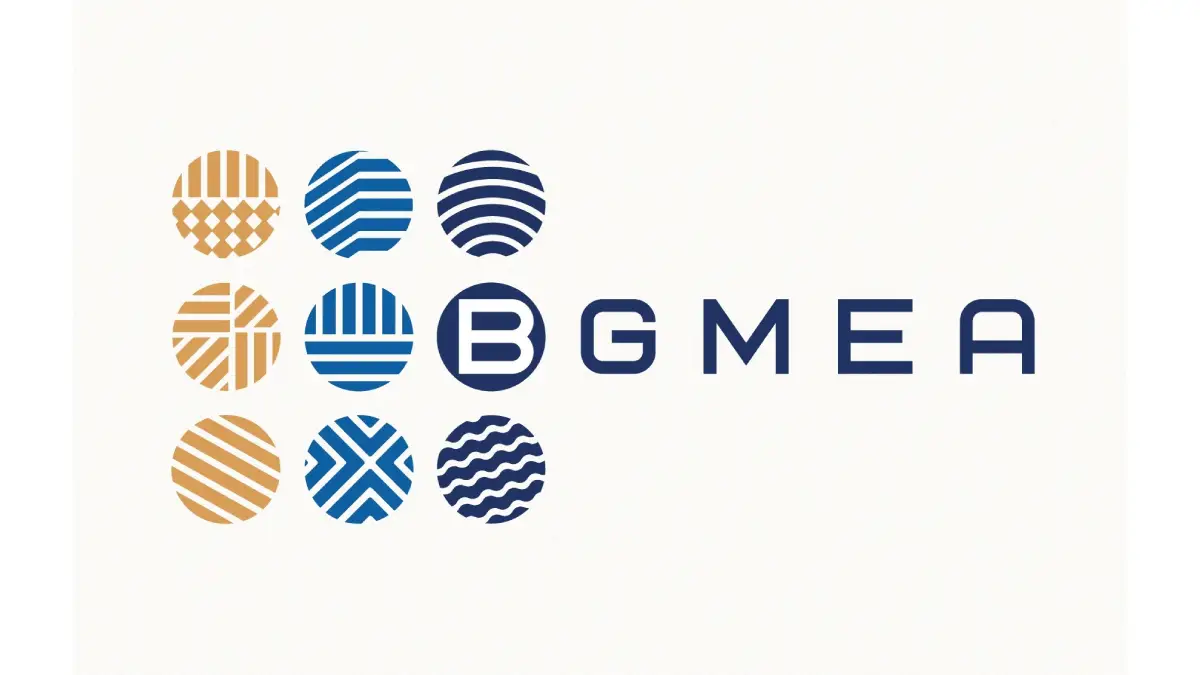Economy
BGMEA President Calls for Efficiency Boost in Apparel Business Procedures

Faruque Hassan, President of the Bangladesh Garment Manufacturers and Exporters Association (BGMEA), has highlighted the urgent need to simplify and expedite business procedures, with a particular focus on customs, bonds, and VAT-related services. This move aims to enhance the country’s competitiveness in the global apparel market by saving time, reducing costs, and bolstering overall operational efficiency.
Hassan emphasized that by streamlining these vital services, the Ready-Made Garment (RMG) sector can significantly improve its productivity and profitability. He underscored the importance of a swift and straightforward approach to conducting business, which is crucial for maintaining a competitive edge on the international stage.
Addressing the opening ceremony of a three-month certificate course on customs, bonds, VAT, tax, and supply chain compliance, Hassan reiterated the significance of enhancing professionals’ comprehension of customs and VAT regulations. He stressed the importance of providing comprehensive training to industry personnel to ensure that they navigate these intricate aspects of the business landscape effectively.
The event, held in Dhaka, was organized collaboratively by the Bangladesh Garments Accessories & Packaging Manufacturers & Exporters Association (BGAPMEA) and the Bangladesh Tax Training Institute (BTTI). The course’s primary objective is to equip professionals from the garment, accessories, and packaging industries with the expertise needed to navigate customs, bonds, VAT, and taxation services in strict adherence to legal stipulations.
Azizur Rahman, Commissioner of Customs Bond Commissionerate, North, Dhaka, and Md Moazzem Hossain Moti, President of BGAPMEA, also shared their insights during the event. Rahman and Moti both echoed the sentiment that optimized business procedures are pivotal for elevating Bangladesh’s stature as a textile and garment manufacturing hub.
Hassan expressed gratitude towards BGAPMEA for initiating this timely training program. He highlighted that this comprehensive course will empower industry professionals to seamlessly engage with customs, bonds, and VAT procedures, thereby minimizing unnecessary complications and delays caused by non-compliance.
As Bangladesh’s RMG sector continues to play a vital role in its economy, Hassan’s call for efficiency enhancement in crucial business operations stands as a testament to the industry’s commitment to remaining a dynamic and competitive global force.

Economy
Remittances Top $2bn in First 28 Days of September

Expatriate Bangladeshis sent approximately US$ 2.11 billion in remittances during the first 28 days of September in the fiscal year 2024-25, according to data released by Bangladesh Bank on 29 September.
Of this total, state-owned and specialised banks handled $679.10 million, while private banks received $1.43 billion in remittances.
Economy
Yunus Pledges Swift Reforms and Election in Bangladesh’s Interim Govt

Chief Adviser to Bangladesh’s interim government, Professor Muhammad Yunus, has vowed to expedite reforms and hold elections swiftly. Yunus, who recently assumed the role after the collapse of Prime Minister Sheikh Hasina’s 15-year administration, expressed his commitment during an interview with Tokyo-based news outlet NHK WORLD in New York on Sunday. He was attending the United Nations General Assembly at the time.
Following mass student-led protests that ended Hasina’s long-standing rule in August, Yunus stepped in as the leader of the caretaker government. Known for founding Grameen Bank, an institution providing microloans to the underprivileged, Yunus, along with the bank, earned the Nobel Peace Prize in 2006 for his efforts in poverty alleviation.
During the interview, Yunus emphasized that the interim government’s primary mission is to implement reforms promptly and ensure elections are held as soon as the groundwork is complete. He underscored the importance of success, stating, “Failure is not something that we can accept.”
Addressing the pivotal role of students in the ousting of the Hasina administration, Yunus acknowledged the sacrifices made by young people, referring to their involvement as part of a “revolution.” He highlighted his intention to engage the younger generation in shaping policy.
Furthermore, Yunus called for continued support from Japan, Bangladesh’s largest donor, during this crucial transition period. He stressed that Japan’s assistance is vital to stabilizing Bangladesh’s economy and fostering a democratic foundation in the nation.
Economy
Polythene Bags to Be Phased Out, Says Environment Adviser Rizwana Hasan

Syeda Rizwana Hasan, the Adviser for Environment, Forests, and Climate Change, announced today that steps will be taken to restrict the use of polythene shopping bags to safeguard future generations.
Starting from October 1, polythene bags will be banned in shopping malls, followed by a ban in kitchen markets from November 1.
“Everyone must take responsibility and stop using polythene voluntarily. Action against polythene producers will begin from November 1,” Rizwana Hasan stated during a seminar.
The Department of Environment (DoE) organized the seminar to raise public awareness about alternatives to banned polythene bags.
Rizwana Hasan highlighted that the restriction on polythene will be executed in phases according to legal provisions, and discussions with shopping centers and store owners are ongoing to ensure a smooth transition.
She also announced plans to make the government secretariat a plastic-free zone by December.
Other speakers at the seminar included Environment Secretary Dr. Farhina Ahmed, DoE Director General Dr. Abdul Hamid, Director Rajinara Begum, President of the Shop Owners Association Muhammad Helal Uddin, and Md. Arifur Rahman Bhuiyan, Assistant Professor of Environmental Science at BUP. They discussed the harmful effects of polythene and the need for alternative products.
Earlier, Rizwana Hasan inaugurated a fair showcasing eco-friendly alternatives to polythene bags and visited 24 stalls. The fair featured products from government and private entrepreneurs, including reusable bags, jute bags, paper bags, and items made from bamboo and cane.

